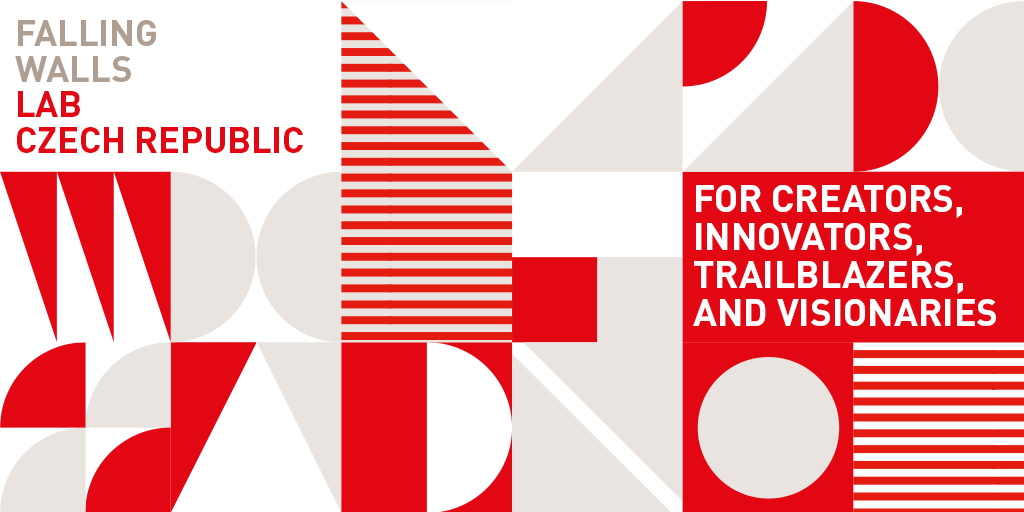One of the very essential parts of our value proposition as a service provider is that we take full responsibility for building and maintaining professional teams. Therefore our customers does not need to care about how teams are built, managed and their knowledge is maintained.
For that reason, we developed robust processes which aim on ensuring fast learning curve of our expert teams, ensure fast and efficient training of new team members and ensure knowledge retention and sharing. These processes fully utilize experience we collected over 18 years of running our expert teams for various customers.
In our philosophy, we recognize several pillars on which our processes are standing.
1. First pillar is talent development of our experts. We have dedicated position of talent development manager within our HR department, who is preparing individual development plans for every expert in our company and coordinates their implementation with involved line, project and department managers. Those development plans aim not only on hard skills of our experts, but also their soft skills.
2. Second pillar is represented by our domain experts and technical leaders. These are exceptionally talented individuals, proven on many projects, who guarantee within our company certain technical competence or domain knowledge. We share capacity of those leaders across projects to ensure high quality and efficiency of our work. Support and training provided by those leaders proves regularly to be the key factor of success of our expert teams. Besides having company-level technical leaders, every project has its own dedicated leaders, who guarantee technical quality and knowledge sharing within the expert team. Based on current project needs the expert team may be extended or reduced, however the dedicated leaders always stay stable in the project to ensure continuity and knowledge retention.
3. Nobody can know everything and therefore intensive collaboration within our company group as well as partnership with external experts forms third pillar, which enable for our expert team know-how and support they need.
4. We understand “team work” as sharing and helping. It is part of our company’s DNA which we reflect along the complete employee journey starting candidate pre-selection within our in hiring process. In case our managers or leaders would recognize that any team member is not sharing or helping, they address the issue immediately and ensure improvement.
5. Last but not least, proper project documentation is important pillar of knowledge retention and efficient training. We maintain various documentation based on project needs and agreement with our customers. We use modern collaborative tools like Confluence which allow easy sharing of the documentation and enables efficient collaboration and feedback communication over the documentation. Due to integrated technology stack and CI/CD pipelines (like Attlasian tool suite), we maintain links between documentation, work tickets and delivered code changes. These tools are combined with modern agile development methodology, which supports intensive team cooperation though daily stand up and regular retrospective meetings. By all that together, we achieve high level of project transparency, which further ease the knowledge sharing and boosts on-boarding of new project members.

















